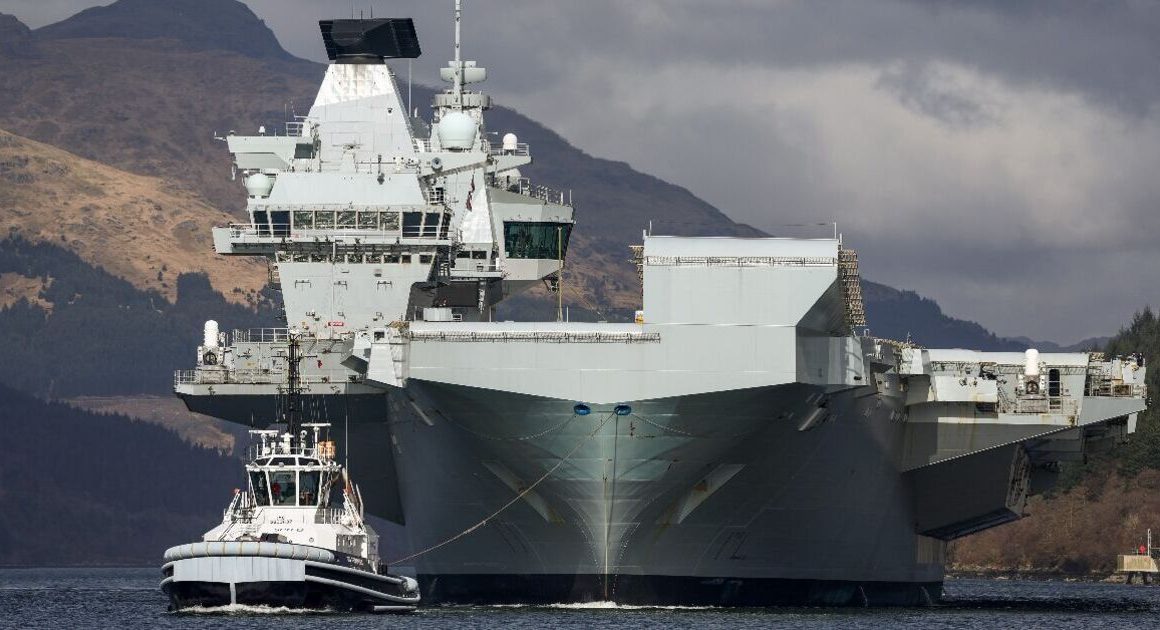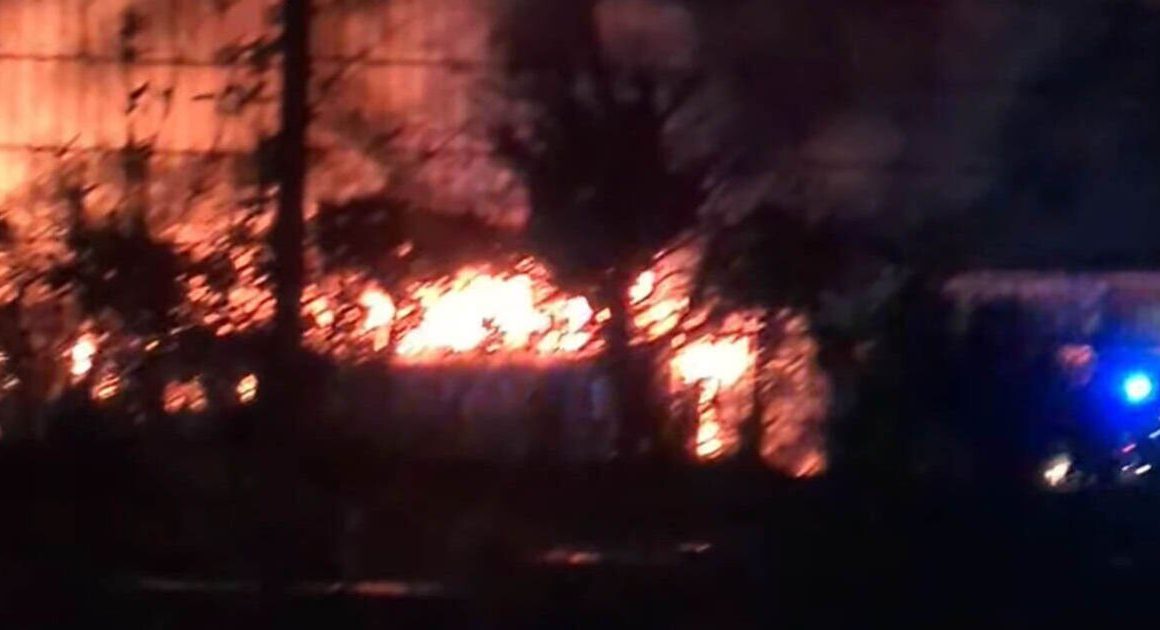More than 2,200 people died or disappeared trying to cross the Mediterranean Sea last year, the United Nations says. With more European countries championing the success of far-right policies aimed at shutting out migrants, experts are warning even more lives could be lost in 2025 without real change.
As revellers rang in the new year around the globe, grim news emerged from the Mediterranean: A small boat travelling from Libya had sunk near the Italian island of Lampedusa, leaving only seven survivors, including an eight-year-old whose mother was among the more than 20 people reported missing.
It’s an all-too-common story in the region, where countless vessels carrying migrants attempt to cross the waters to Europe. Many never complete their journey. Nearly 1,700 people were killed or went missing in 2024 along the central Mediterranean route, which stretches from North Africa to Italy and Malta.
The deaths come after a year of increasing crackdowns on civilian rescue boats in the Mediterranean, as well as an attempt by Italy’s far-right government to pass asylum-seekers off to Albania.
Michael Gordon, a research fellow at the Balsillie School of International Affairs in Waterloo, Ont., said non-governmental organizations doing search-and-rescue operations have become “an easy scapegoat” for authorities frustrated with the overflow of migrants.
“The result of this criminalization [is] … there are less assets out at sea assisting migrants in distress. And as a result, people will continue to die,” he said in an interview with CBC News.

More than 31,000 migrants have died or gone missing in the Mediterranean since 2014, according to the International Organization for Migration (IOM), a United Nations agency.
The death toll in 2024 includes “hundreds of children, who make up one in five of all people migrating through the Mediterranean,” Regina De Dominicis, UNICEF’s regional director for Europe and Central Asia and special co-ordinator for the refugee and migrant response in Europe, said in a statement last week. “The majority are fleeing violent conflict and poverty.”
‘Widespread criminalization’ of civilian rescue boats
Growing anti-immigration sentiment is making these crossings more dangerous, according to experts and human rights groups.
In 2023, Italy made it illegal for search-and-rescue NGOs to perform more than one rescue per trip, meaning ships would have to ignore any other distress calls they received, or risk massive fines and having their vessels detained.
In November, German non-governmental organization Sea-Watch filed a criminal complaint against the Italian authorities over a September shipwreck that killed 21 people, alleging it had alerted the Italian coast guard of a boat in distress but that a rescue vessel was not sent for two days.
Italian authorities also routinely assign distant ports for NGO rescue vessels. Last month, SOS Méditerranée, an international rescue organization, shared on social media that it was forced to travel more than 1,600 kilometres for several days to get 162 survivors to safety after Italian authorities ignored pleas for a closer port of entry.
“We have been sanctioned for simply fulfilling our legal duty to save lives,” Juan Matias Gil, a representative with Médecins Sans Frontières/Doctors Without Borders, said in a statement after its rescue vessel was issued a 60-day detention order in August.
This “widespread criminalization” of civilian rescue operations needlessly puts lives at risk, researcher Gordon, who also works with Wilfrid Laurier University’s International Migration Research Centre, said.
“I think that this is also very much tied to the rise of far-right governments in Europe.”
Migrant arrivals fall dramatically in Italy
The policies of Italian Prime Minister Giorgia Meloni, who was elected in 2022 on an anti-immigration platform, bore results for her government in 2024. Just over 66,000 migrants arrived in Italy by boat last year, down roughly 60 per cent from the 157,000 people who arrived in 2023, the country’s Interior Ministry reports.
The recorded number of deaths and disappearances in the Mediterranean — already a minimum estimate, as many boats vanish without a trace during the crossing — dropped by about 28 per cent in 2024 compared with the previous year, according to IOM data.

“The fact that we have fewer arrivals does not mean that we have fewer risks,” Nicola Dell’Arciprete, country co-ordinator of UNICEF’s migration and refugee response in Italy, told CBC News.
Dell’Arciprete has worked with children who fled war, extreme poverty or political upheaval. Many arrive with no parents or guardians.
“They’re really running from nightmares,” he said. “The factors that are pushing people towards Europe are not really changing.”

Minimizing migrant deaths requires more investment in reception centres, contingency plans for high-arrival periods, more safe and legal pathways for immigration and strengthened search-and-rescue operations, Dell’Arciprete said, adding that the question is whether there’s “political will to move along those lines.”
This year, European countries will be assessing their regulations to plan for the implementation of the new European Union pact on asylum and migration. The pact, the first update to Europe’s asylum laws in two decades, was agreed to in 2024 but won’t see full implementation until 2026.
EU pays countries for migrant control
Italy and the EU have largely focused on origin countries for migrant control. The EU delivered ten of millions of euros of aid to Tunisia in 2023 to boost border control and stop migrant boats from leaving its shores, and it penned a 7.4 billion euro deal ($11 billion Cdn) to bolster “stability” in Egypt, with a focus on migration control.
Meloni played a key role in securing the Tunisia deal, which is now largely credited with the drop in migrant arrivals in 2024, along with a similar deal Italy made with Libya in 2017.

Human rights groups have stated that returning migrants found at sea to Libya exposes them to torture and abuse under arbitrary detention.
Nevertheless, Italy’s immigration policies have received praise from other European leaders, such as British Prime Minister Keir Starmer, who in September commended Italy’s “remarkable progress.”
Italy’s latest tactic to reduce migrants fell on its face last fall, when Meloni made an agreement with Albania that would see up to 36,000 asylum-seekers sent directly to the non-EU country each year to await deportation, only for Italian courts to refuse to validate the transfer of migrants.
The plan is now stalled over disagreements about what constitutes a safe country, although Meloni vowed in December to continue the project.
Experts say that without meaningful change, tragedies in the Mediterranean will continue.
“Until we strengthen the search-and-rescue operations, until we create safe and legal pathways for children to travel to Europe, we are going to see more people dying,” Dell’Arciprete said. “And that is a simple fact.”
At least 59 migrants have died after a boat crashed off the coast of Italy with up to 200 people on board. Many of the dead were children. The crash has thrust the issue of irregular and dangerous migrant crossings back into the spotlight.












